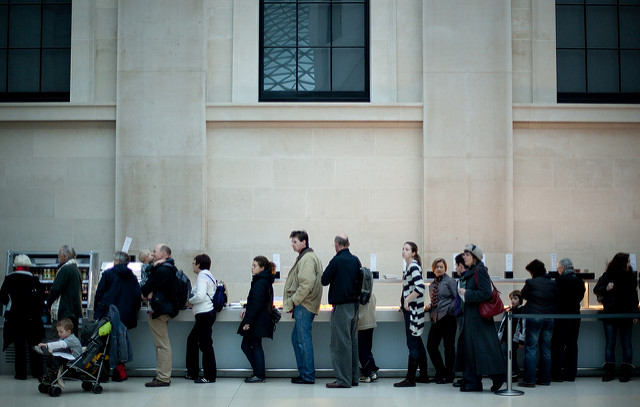
Sun Yat-sen, the provisional president of the Nanjing government, promulgated a decree requiring men to cut off their queues within 20 days of March 5, 1912. The end of the Qing dynasty in the early 20th century saw the new Republic adopt simplified and more Western style dress, including short hairstyles.

Sometimes these men wore artificial queues to avoid the sneers of others, to conceal their revolutionary inclinations, or to be able to hold office. It was during this time that many who changed their hair, including overseas Chinese, new students and Christians, were mocked by the majority. In the years leading up to the fall of the Qing dynasty there were many who abandoned the queue as a show of defiance again the Manchu. If the Hans' acceptance of the queue at the beginning of the Qing signified their obedience to the Manchu, then the queue cutting at the end of the dynasty denoted their attempt to get rid of Manchu autocratic dominance.

In these early days of the dynasty armed barbers were sent to search for men who had kept their long hair, if the latter refused to accept the new hairstyle they were killed and their heads were hanged on the barber's poles. The purpose of the hairstyle and dress codes was to make Manchus and Hans a unified body. In 1644 the regent Dorgon, uncle of the young emperor Fulin issued a decree formally requiring all Chinese men to shave their foreheads and plati their hair in a queue like the Manchus. This was a particularly sensitive issue, as the Manchu who reigned during the Qing dynasty were a small group of nomadic people, ethnically distinct from the majority Han population who had ruled during the preceding Ming dynasty. In the preface of the catalogue written by the Qinglong Emperor it was made clear that dress was an important indicator of ethnicity, identity and power.
STORY ON CHINESE QUEUE CODE
After the Manchu-Qing rulers seized control of China in 1644, they moved quickly to establish a dress code as well as rules on hair styles for men.


 0 kommentar(er)
0 kommentar(er)
